History of Helsinki
Unknown to many, Helsinki’s history is a fascinating journey that intertwines Nordic, Russian, and European influences. From its humble beginnings as a small fishing village to becoming the vibrant capital of Finland, Helsinki’s evolution is marked by a series of pivotal moments that have shaped its identity.
As the city embraced modernity while preserving its cultural heritage, a closer look at Helsinki’s past reveals a narrative filled with intrigue, resilience, and transformation. Stay tuned to uncover the rich tapestry of Helsinki’s history, where each chapter unfolds a new layer of the city’s captivating story.
Key Points
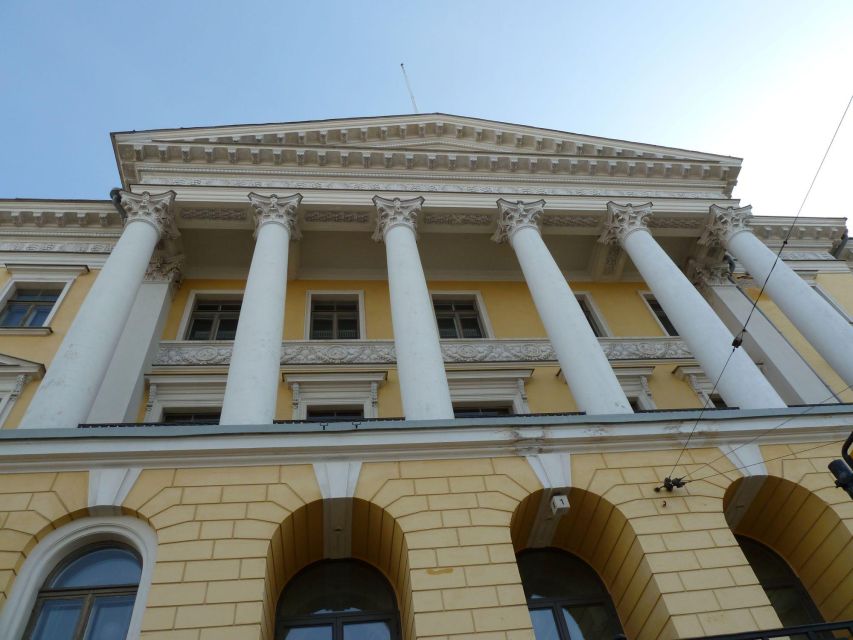
- Helsinki’s architectural evolution showcases Neoclassical and Art Nouveau influences, seen in landmarks like Senate Square and Helsinki Cathedral.
- Swedish rule and influence shape Helsinki’s identity, reflected in governance, architecture, and cultural exchange.
- The Russian era contributes significant landmarks like Uspenski Cathedral, blending Russian and Finnish cultural influences.
- Helsinki’s history includes independence from Russia, a civil war testing unity, and post-war renewal fostering national identity.
Early Settlement and Founding
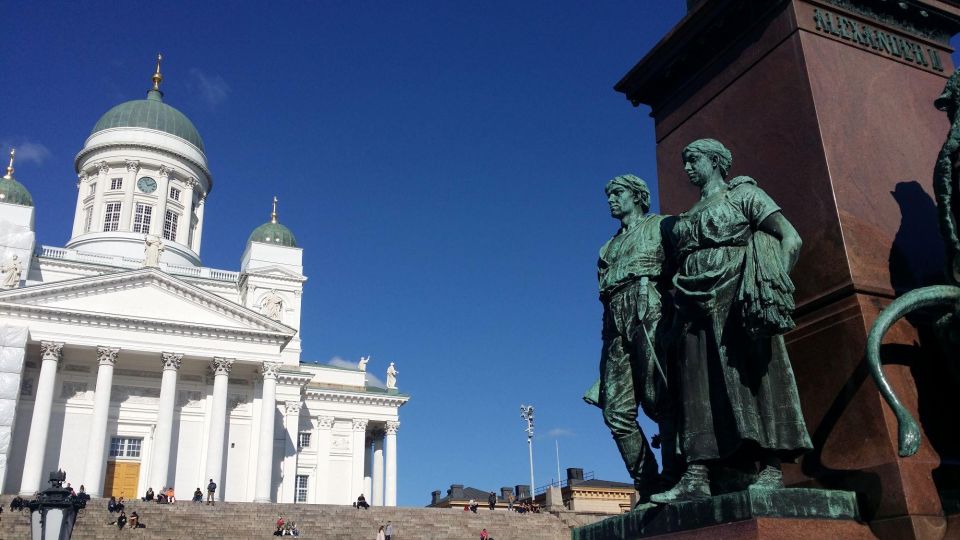
In the early stages of Helsinki’s history, the city’s settlement and founding were influenced by a mix of cultural and geographical factors that shaped its development into the vibrant capital it’s today. Helsinki’s Viking origins can be traced back to when it was founded as a trading post by King Gustav I of Sweden in 1550.
Over the centuries, the city’s architectural evolution has been a testament to its rich history, blending influences from various periods such as Neoclassicism and Art Nouveau. The iconic Senate Square and Helsinki Cathedral stand as prime examples of this architectural mix, showcasing the city’s journey from a modest trading post to a cultural and historical hub in Finland.
Swedish Rule and Influence
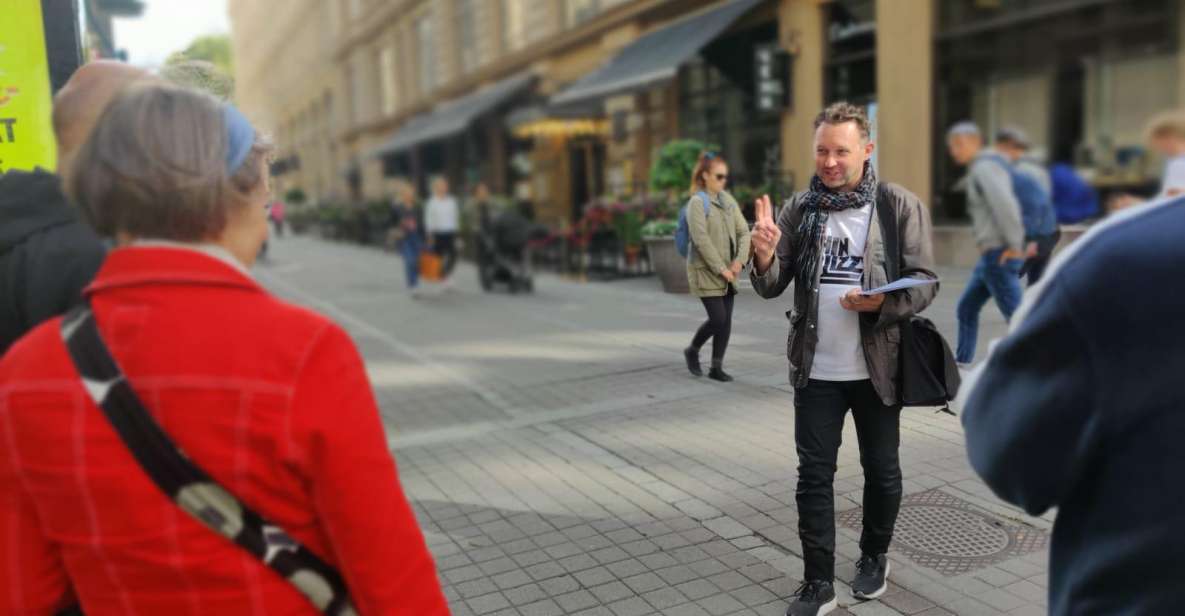
During the era of Swedish rule, Helsinki experienced significant transformations under the influence of Swedish governance and culture, shaping its identity and laying the foundation for future developments.
Swedish architecture became prominent, influencing the design of many buildings in the city. Cultural exchange thrived, enriching Helsinki with Swedish traditions, language, and customs.
The Swedish rule brought about administrative structures that influenced the city’s governance for years to come. Plus, educational institutions and systems were established, reflecting Swedish influences and shaping the educational landscape of Helsinki.
Russian Era and Grand Duchy
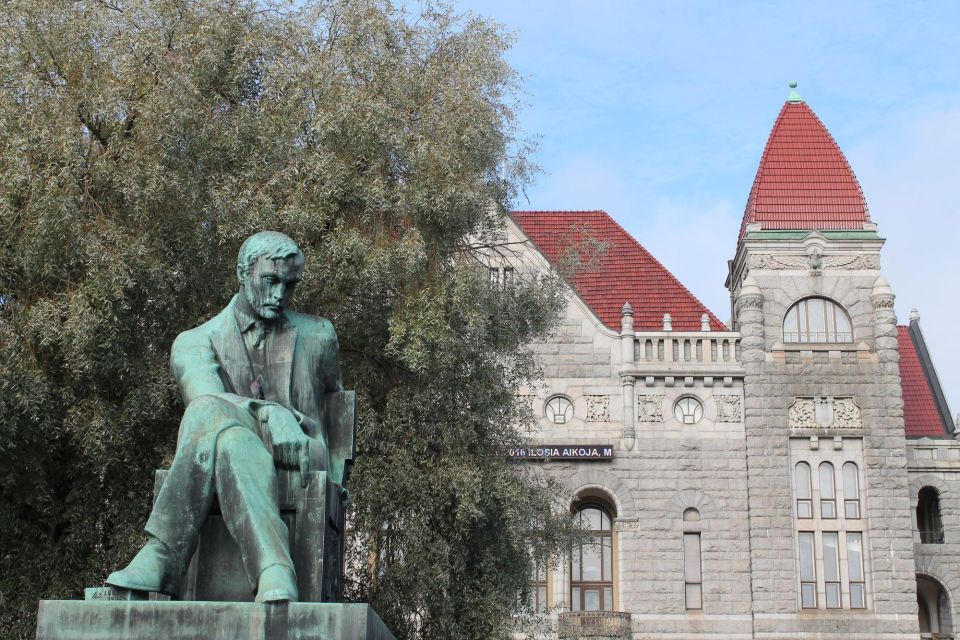
With the Russian Empire’s influence looming large, Helsinki experienced a transformative period under the governance of the Grand Duchy, shaping its cultural landscape and societal structures significantly.
Russian influence left an indelible mark on the architecture of the city, with notable landmarks such as the Uspenski Cathedral and the Senate Square being constructed during this era.
The Russian Era also saw the development of Helsinki as an important administrative center, solidifying its position as a hub for trade and commerce in the region.
This period laid the foundation for Helsinki’s cultural heritage, blending Russian and Finnish influences in art, music, and literature.
The Grand Duchy brought about a period of growth and modernization, setting the stage for the city’s evolution into the vibrant capital it’s today.
Independence and Civil War
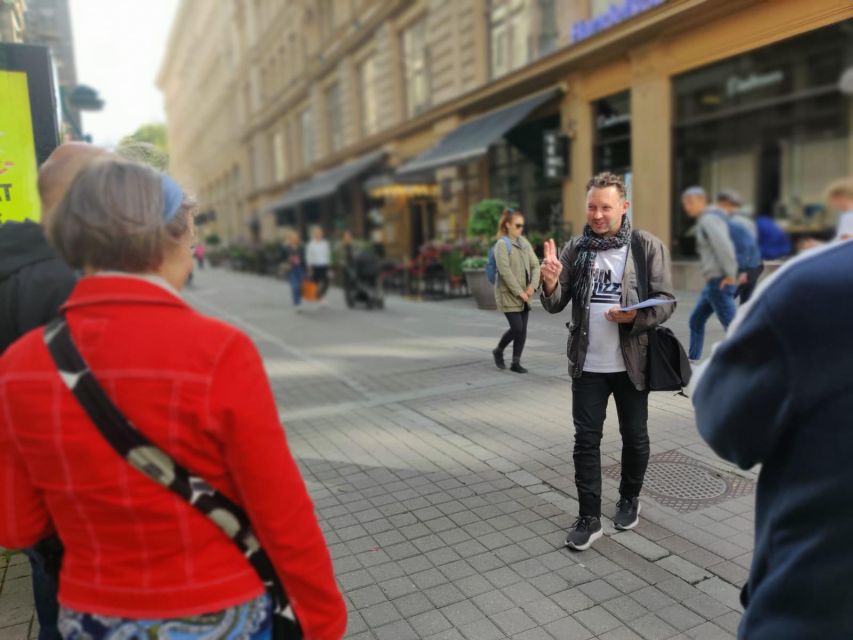
After gaining independence from Russia in 1917, Helsinki found itself embroiled in a bloody civil war that left deep scars on the city’s landscape and society. Civil strife tore through the city, pitting factions against each other in a struggle for power and control. This period tested Helsinki’s resilience and unity, challenging its newfound national identity. Despite the turmoil, Helsinki emerged with a renewed sense of independence and determination to shape its own destiny.
- Civil strife tested Helsinki’s unity
- Factions battled for power
- Deep scars left on the city
- National identity strengthened in the aftermath
World War II and Reconstruction
Amid the turmoil of World War II, Helsinki endured significant destruction but emerged with a resilient spirit, embarking on a path of reconstruction and transformation.
The city faced immense challenges in rebuilding its infrastructure and homes, with many historical buildings requiring extensive restoration. Despite the difficulties, Helsinki began its post-war development with determination, focusing on modernizing key areas and improving living conditions for its residents.
The reconstruction efforts not only aimed to restore what was lost but also to create a more sustainable and vibrant urban environment. Through innovative urban planning and architectural projects, Helsinki gradually transformed into a thriving metropolis, blending its rich history with contemporary design elements to shape its future.
Cold War Era and Neutrality
During the Cold War era, Helsinki navigated its path to neutrality with strategic diplomacy and a commitment to safeguarding its independence amidst global tensions. The city’s neutrality policy played a crucial role in shaping its international relations during this turbulent period.
Helsinki established itself as a key meeting ground for East-West diplomatic talks. The city hosted several significant international summits, including the Conference on Security and Cooperation in Europe. Finland’s active participation in diplomacy helped maintain a delicate balance between the superpowers. Helsinki’s neutrality policy allowed it to engage in trade and cultural exchanges with both Eastern and Western countries, fostering a unique position in global affairs.
Contemporary Helsinki and Future Trends
As Helsinki continues to evolve, emerging trends shape the city’s contemporary landscape and offer a glimpse into its future trajectory.
Urban development in Helsinki is a key focus, with innovative architectural projects redefining the city skyline. The commitment to sustainability initiatives is evident through extensive green spaces, eco-friendly transportation options, and a strong emphasis on renewable energy sources.
The city’s urban planning prioritizes walkability and accessibility, promoting a healthy and environmentally conscious lifestyle for residents and visitors alike.
Future trends indicate a continued push towards sustainable practices, with plans for increased green infrastructure and carbon-neutral initiatives to further solidify Helsinki’s position as a forward-thinking and environmentally responsible city.
Common questions
How Has Helsinki’s Architecture Been Influenced by Its Historical Periods of Swedish and Russian Rule?
Helsinki’s architecture reflects Swedish influence through neoclassical styles in Senate Square and Helsinki Cathedral. Russian influence is evident in the Uspenski Cathedral’s Eastern Orthodox design. These historical periods shaped the city’s iconic buildings.
What Role Did Helsinki Play During the Finnish Civil War, and How Did It Impact the City’s Development?
During the Finnish Civil War, Helsinki served as a significant battleground, impacting its development post-conflict. The war influenced the city’s urban growth and played a role in the eventual Finnish independence, shaping modern-day Helsinki.
How Did Helsinki’s Economy Evolve Following World War II and the Period of Reconstruction?
Following World War II, Helsinki’s economy boomed due to post-war reconstruction efforts. This led to significant economic growth, urban development, and improved social welfare. The city experienced rapid expansion and modernization during this period.
What Are Some Lesser-Known Historical Landmarks in Helsinki That Showcase Its Rich Past?
Lesser known landmarks in Helsinki showcase its rich past. Hidden treasures like the Sibelius Monument and Hietaniemi Cemetery offer insights into architectural influences and cultural heritage. Discover these gems with an award-winning walking tour.
How Has Helsinki’s Neutral Stance During the Cold War Shaped Its Relationships With Neighboring Countries and Global Powers?
Helsinki’s neutral stance during the Cold War shaped its diplomatic relations with neighboring countries and global powers. This balanced approach allowed for maintaining peace, fostering cooperation, and navigating delicate Cold War dynamics without aligning firmly with any major blocs.
Last Words
As visitors walk through the streets of Helsinki, they aren’t just exploring a city, but a living museum of history. From its humble beginnings as a coastal settlement to its transformation into a modern metropolis, Helsinki’s journey is a testament to resilience and adaptability.
By delving into the city’s past, one can truly appreciate the rich tapestry of events and influences that have shaped Helsinki into the vibrant capital it’s today.